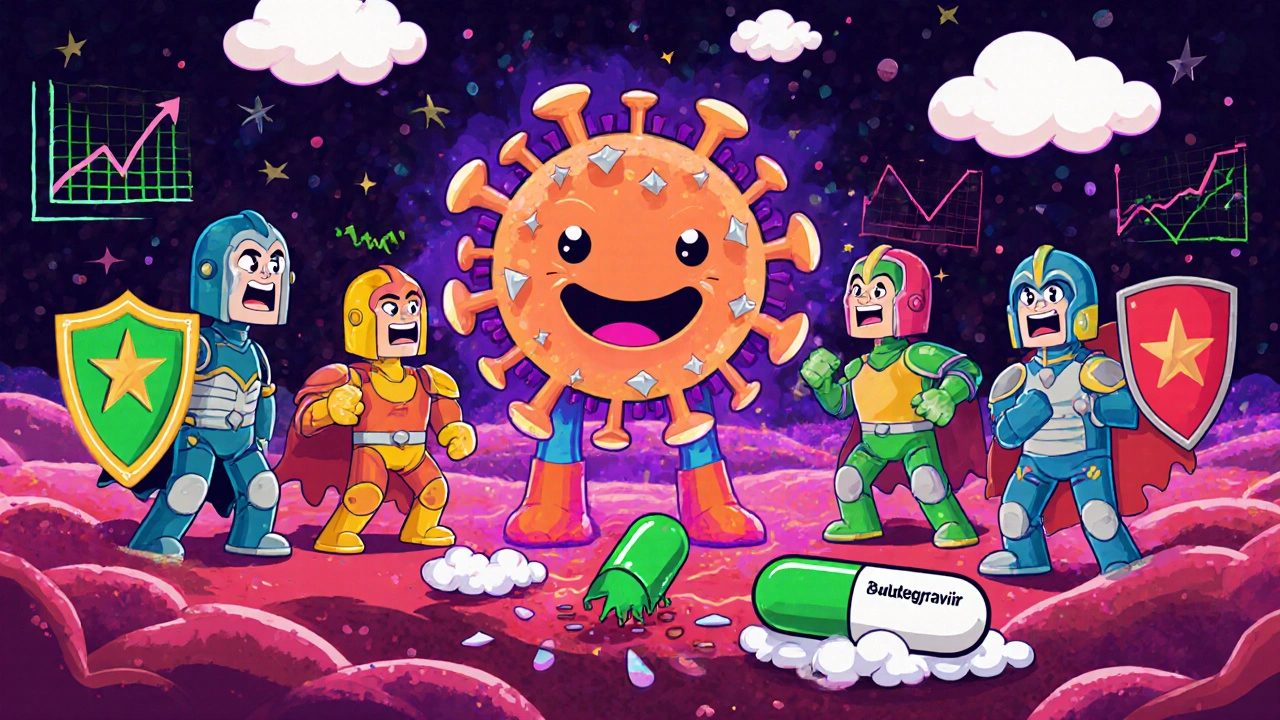ART Regimens: What They Are, How They Work, and Which Options Are Right for You
When you hear ART regimens, antiretroviral therapy regimens are standardized combinations of drugs used to suppress HIV and prevent progression to AIDS. Also known as antiretroviral therapy, these drug combinations are the reason people with HIV today can live long, healthy lives. Before ART, an HIV diagnosis often meant a short timeline. Now, with the right regimen, the virus can be reduced to undetectable levels—meaning it can’t be passed on and the immune system stays strong.
ART regimens aren’t one-size-fits-all. They typically combine three or more drugs from at least two different classes, like NRTIs, NNRTIs, or integrase inhibitors. This multi-drug approach stops the virus at multiple points in its life cycle, making it harder for HIV to mutate and resist treatment. You’ll often see regimens built around drugs like tenofovir, emtricitabine, dolutegravir, or rilpivirine. These aren’t random choices—they’re proven pairs that work together with fewer side effects and higher success rates. Doctors pick based on your health, other medications you take, and even your lifestyle. For example, someone with kidney issues might avoid tenofovir disoproxil, while someone who struggles with daily pills might benefit from a long-acting injectable option.
What makes ART regimens different from other drug treatments is their precision. It’s not just about killing the virus—it’s about keeping it suppressed for decades. That’s why adherence matters more than almost anything else. Missing doses can lead to resistance, which narrows your future options. That’s why many modern regimens are designed to be simple: one pill, once a day. And while you won’t find every single ART drug listed in the posts below, you’ll see how closely related treatments are compared—like how dolutegravir, a key integrase inhibitor used in many ART regimens is weighed against alternatives, or how tenofovir, a cornerstone NRTI in HIV treatment stacks up against older drugs. You’ll also find comparisons of similar combo therapies used for other chronic conditions, like diabetes or TB, which follow the same logic: use multiple drugs to prevent resistance and improve outcomes.
The posts here don’t just list drugs—they show you how real people and doctors make choices. Whether it’s comparing HIV meds to other antiviral treatments, understanding side effects, or finding affordable options, the focus is always on what works in real life. You’ll learn what to ask your doctor, what to watch for, and how to spot a regimen that fits your body and your life. There’s no magic bullet, but with the right ART regimen, you’re not just surviving—you’re living well.
Antiretroviral HIV Medications: Understanding Complex Interactions and Drug Resistance
Antiretroviral HIV medications suppress the virus effectively - but drug interactions and resistance can undermine treatment. Learn how modern regimens work, why resistance develops, and what’s next in HIV care.
Keep Reading
